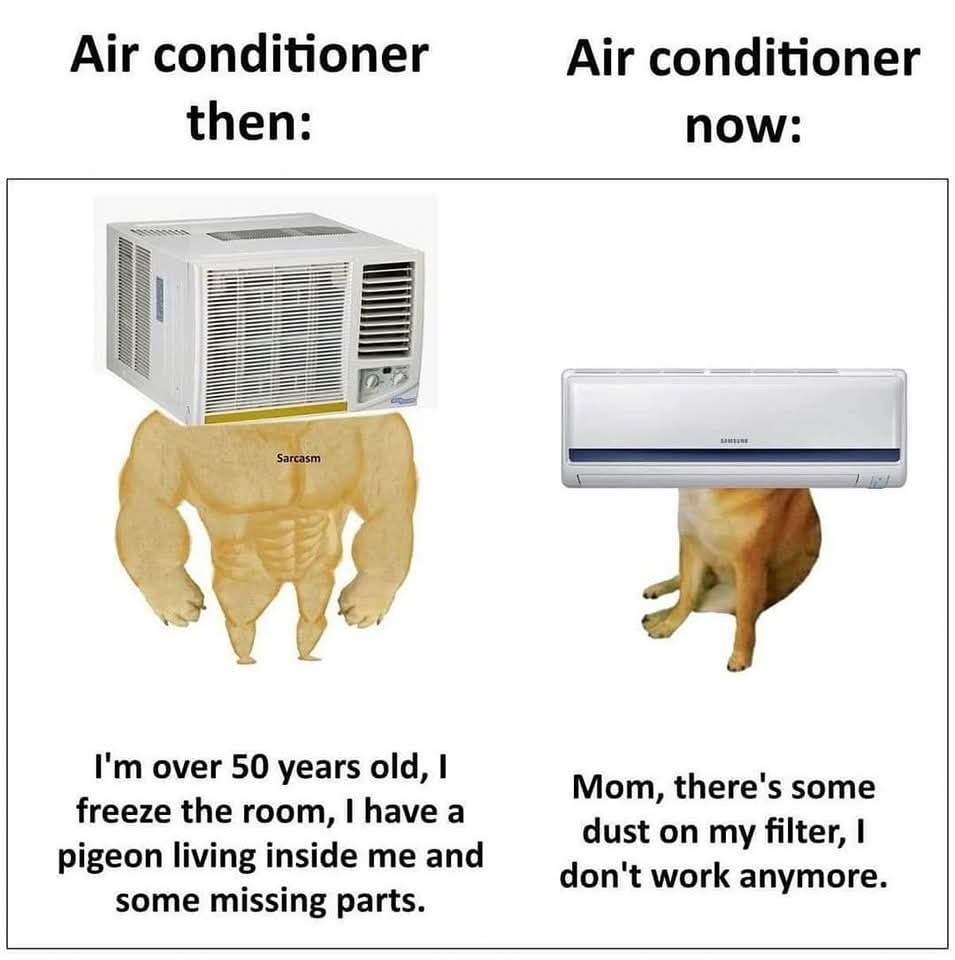this post was submitted on 16 Jan 2025
516 points (96.1% liked)
Funny
7811 readers
2177 users here now
General rules:
- Be kind.
- All posts must make an attempt to be funny.
- Obey the general sh.itjust.works instance rules.
- No politics or political figures. There are plenty of other politics communities to choose from.
- Don't post anything grotesque or potentially illegal. Examples include pornography, gore, animal cruelty, inappropriate jokes involving kids, etc.
Exceptions may be made at the discretion of the mods.
founded 2 years ago
MODERATORS
you are viewing a single comment's thread
view the rest of the comments
view the rest of the comments

Here's the thing. CFCs were used until the manufacturers could patent the next harmful chemical to keep the profits. The replacements are also bad, it turns out. Just like how all that "BPA plastic" hubub ended up with "BPA-free plastic" that was literally just another synthetic estrogen. Same problem, but it isn't BPA so people thought the problem was solved.
CFCs:
HCFCs:
HFCs:
Now they're shooting for:
Reality is, the trope with old cooling machines being so much better than newer ones is that they didn't care about "efficiency" when designing them and the machines just ground their compressors to death getting the job done.
New AC units use modulated power to the motors, multiple cooling stages, and other "efficiency" features to make them more energy-efficient, start more gently, and run "better" on paper (although the added complexity, as statistical analysis will show, also adds to more reasons for the machines to fail.)
I actually recently begrudgingly went from a 20 year old "last of the CFCs" type AC unit to a modern one using one of the newer-but-eventually-will-be-banned refrigerants. Didn't want to give it up, for the trope. When all said and done, I went from a 12F degree temp differential across the old unit to 24F on the new unit. (Input temp drops by X degrees on output.)
And the CFCs were safely bottled up from the system when replaced (although they likely made a hefty profit on the stuff since it is banned but can be reused in the US.)